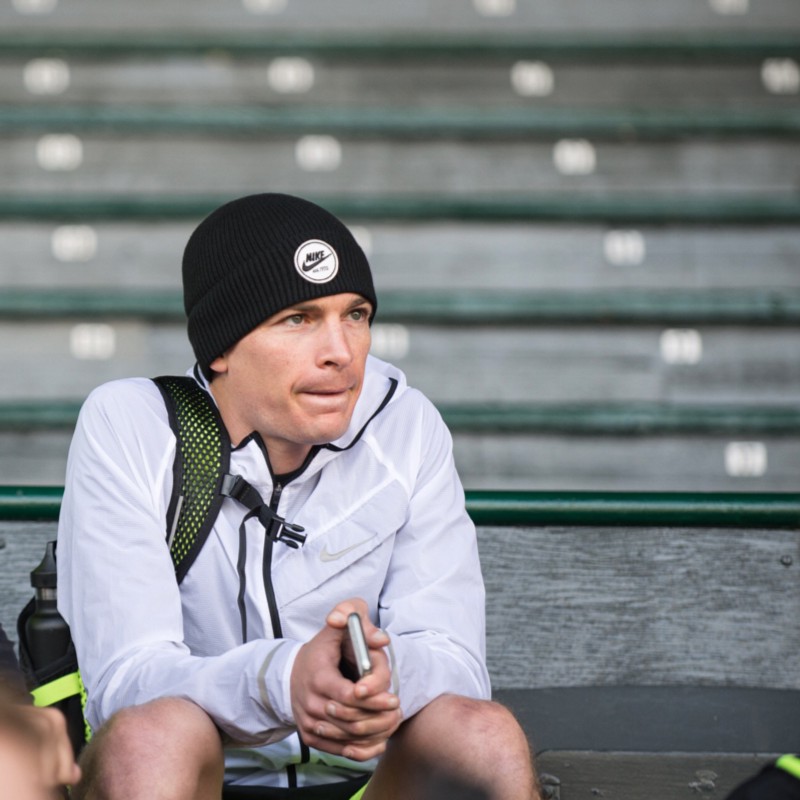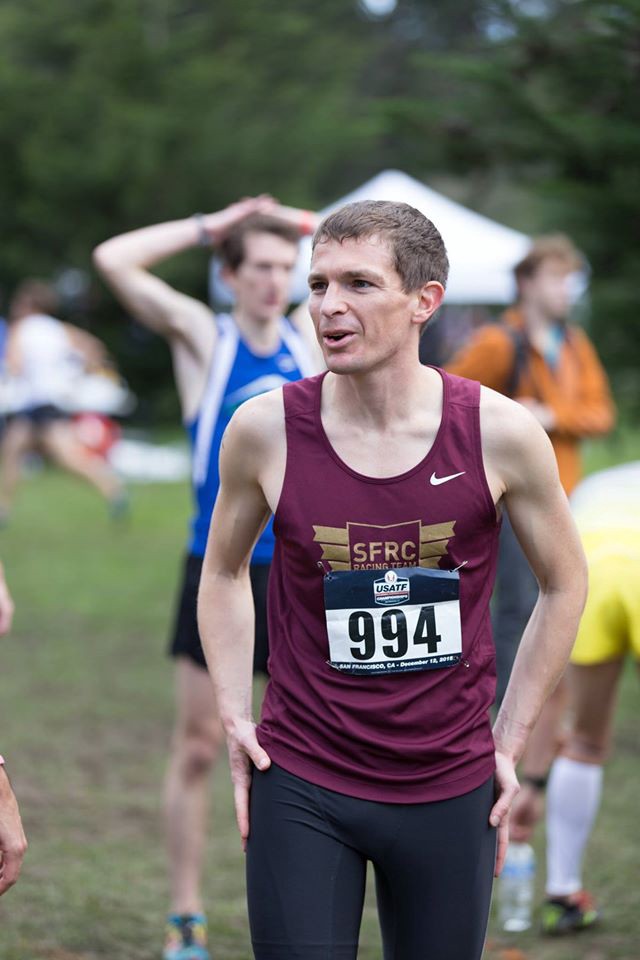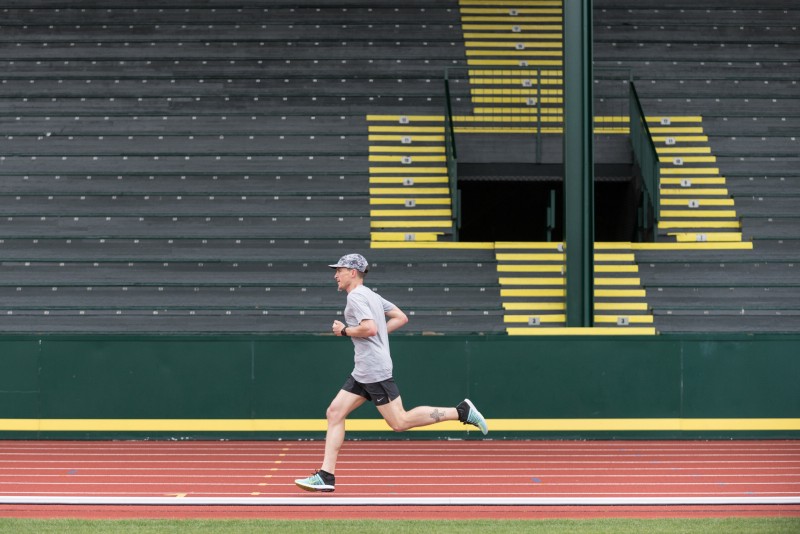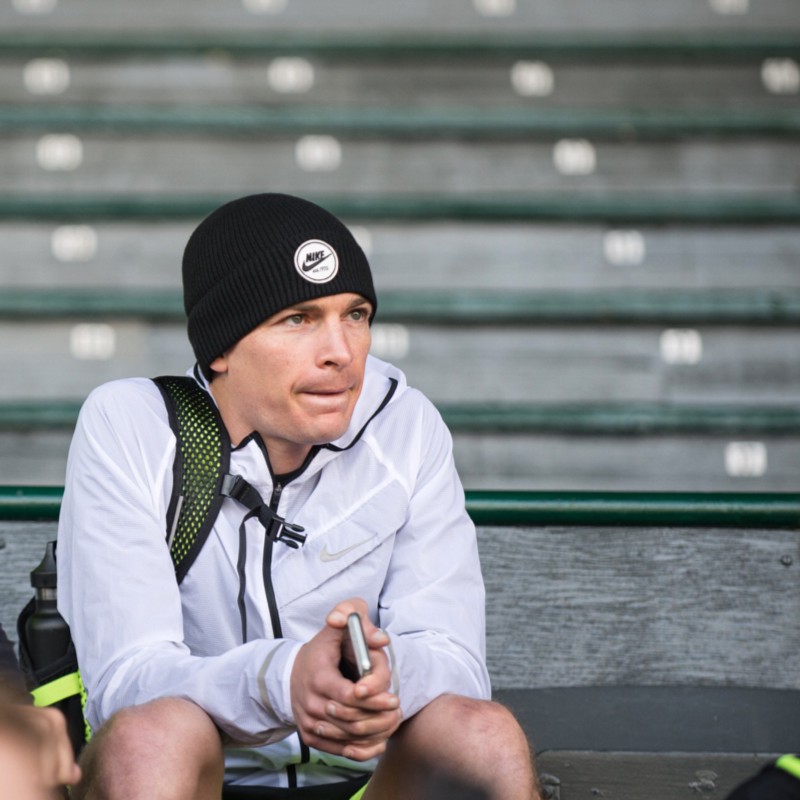Mario has been on our radar for a while. Last summer, we had the opportunity to run some miles with Mario, where we talked all things running, racing, training, and body image.
You may know Mario’s name from his weekly newsletter the morning shakeoutand his past work and writing with Competitor Magazine. In addition to his writing, Mario is a running coach, podcast host, and very speedy runner.
As we celebrate National Eating Disorders Awareness Week, we’re thrilled to welcome Mario — our first male feature — to the ninth lane. This year’s NEDA Week focus is “keeping it real” and sharing the stories we don’t often hear. Mario is a platform for those stories. He is open and honest about his struggles with disordered eating and body image. He shines light on the prevalence of such struggles among male distance runners. In a recent issue of his weekly newsletter the morning shakeout Mario discussed eating disorders and wrote:
Take it from someone who’s been there: This is a battle that cannot be fought alone. If you’re struggling with disordered eating, seek out the support you need; if you know someone who is fighting, kindly offer some assistance. Either way, say something and get the conversation started. If you’re not comfortable talking to someone you know, there are anonymous resources at your disposal. Heck, reply to this email and I’ll do what I can from where I sit. The worst thing you can do it stay quiet. Let’s start making some more noise about this issue.
We’re thrilled Mario is joining us in making some noise.
Are you an elite runner, influencer, or active woman? Join us, share your story, or just say hi through our L9P form.
9 Miles with Runner, Writer, and Coach Mario Fraioli

Photo provided by Mario Fraioli.
How would you describe your current relationship with running? How has the role running plays in your life changed over time?
In a few words: Healthy. Happy. Balanced. But it hasn’t always been that way. In the past, it’s taken over my life and in retrospect, running wasn’t super enjoyable — or a healthy pursuit — during those times. I had such a results-driven relationship with running that I failed to appreciate the process and find joy in it. Fortunately I’ve been able to overcome that, but it wasn’t an easy road.
You’ve been open about your experiences with food and body image — how has this experience shaped you as a person? As a runner?
Honestly, it’s helped me to mellow out a bit and take a more holistic approach to living my life. Being a runner is a big part of who I am but it isn’t all that I am. I can’t let running alone define me. By being open about my own experiences with disordered eating and struggles with body image, I hope other runners can see similarities in their own struggles, learn from the mistakes I made, and make positive changes in their own lives.
The eating disorder conversation typically centers around women, even in the running community. Did this impact your recovery process? What can we do to better support men suffering in silence?
Yes and no. Yes in that there weren’t many men who reached out to me to express concern or share their own stories but fortunately I did find some great resources and accounts online that let me know I wasn’t the only man who was dealing with these sorts of things, and that was helpful. No in that I had a female friend who struggled with similar issues and was able to spot patterns in my own behavior that caused her enough concern to say something to me. I think many men who struggle with disordered eating or body images issues are either in denial and afraid of how others might perceive them or know they have a problem and don’t know where to turn. The most important thing we can do is to start sharing more stories — the struggles and the solutions — along with creating a supportive community where men don’t feel isolated, alone, and ashamed.
As your relationship with running evolves, does your relationship with food and body image shift, too? How do the two impact each other?
Great question. The short answer is yes. I now look at food as fuel and I want to make sure I’m filling my tank with the highest quality stuff — and enough of it — so that I’m performing and recovering well. I look at myself and see a more well-rounded athlete with a stronger body that’s able to sustainably support my training, whereas in the past I was fragile and susceptible to injury.

Photo provided by Mario Fraioli.
You held a “Social Media Sabbatical” at the end of 2017. What did you learn from this break? How do you maintain an active social media presence while avoiding and managing social media’s comparison traps and triggers?
The biggest thing that I learned is that I was wasting too much time on social media. Don’t get me wrong, social media platforms can be entertaining and a useful tool for learning, connecting, and even marketing, but they can also be a huge time suck if you’re not careful. For me, removing most social media apps from my phone and setting aside specific chunks of time to engage on social media has helped me to stay connected and maintain a “presence” without letting it consume every free second of my day.
You’re also active on Strava, which is great for community but also dangerous for comparisons. Do you have any advice for those in recovery and on social media?
Pick your spots. And know your triggers. If you’re prone to comparing yourself to others — and be honest with yourself here — then avoid those platforms altogether or work on changing your behavior so you can maintain a healthy and productive relationship with them.

Photo provided by Mario Fraioli.
In addition to your writing, you’re a coach. How did you get started coaching?
When I first got into running — this was 1996–97 — I completely immersed myself in it and just tried to learn as much as possible about the sport and how the best runners trained. I went to the library and read every book I could get my hands on. I read whatever was available online at the time. Twenty-plus years later, the same holds true. My book shelves are home to pretty much every training-related book that’s ever been published and I still have those printouts from the high school computer lab detailing the training of greats like Haile Gebrselassie, Daniel Komen, Nourredine Morceli, Bob Kennedy, Joan Benoit, Bill Rodgers, and others. So looking back, I had been planting the seeds toward a career in coaching all along, but it wasn’t until I graduated college in 2004, when a handful of my former teammates asked me to coach them post-collegiately, that I actually started doing it. And it’s just grown from there.
In your work as a coach, what tools do you provide your athletes when body image concerns and/or disordered behaviors emerge? How do you help them combat this tendency?
The best — and most important tool — is conversation. I’ll check in regularly and we talk about it in an open and honest way. Also, keeping a journal, even if it’s private, and encouraging them to recognize when negative behavior or thought patterns are emerging so they can take action. And if there are resources, be it people, writings, videos, etc., that I think may be helpful to a particular person, I try and share those things.
You often share your running and writing goals and musings via your weekly newsletter the morning shakeout, what’s on tap in terms of running goals? How about writing goals?
Short-term, meaning 2018, it’s seeing if I can break 2:30 in the marathon. It’s been over 10 years since I last did it and I’m going to focus my training a little bit more this year and see if I can do it again. That’s the specific and measurable outcome goal on my running radar, and I’ll take two shots — Boston in April and CIM in December. Transcending that, however, it’s to maintain a healthy, enjoyable relationship with running, share miles with other people whenever possible, and to hopefully inspire others through my journey. On the writing front, I’ll continue putting most of my energy into the morning shakeout while also trying to carve some time out each day for some more personal freeform, stream-of-consciousness writing and journaling.
